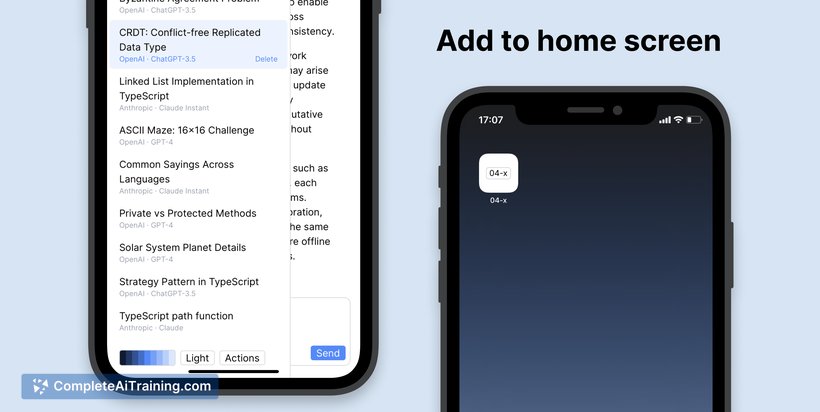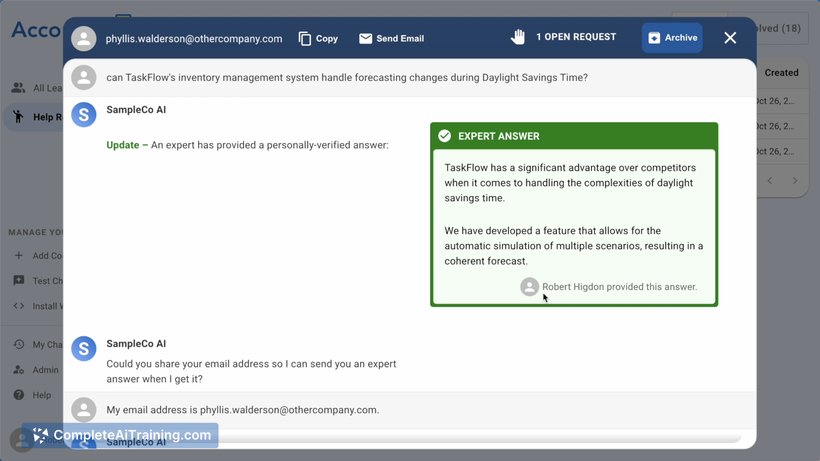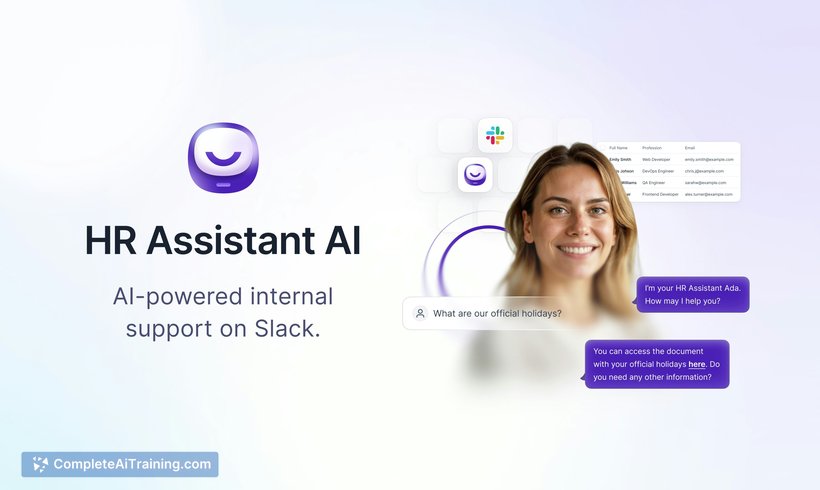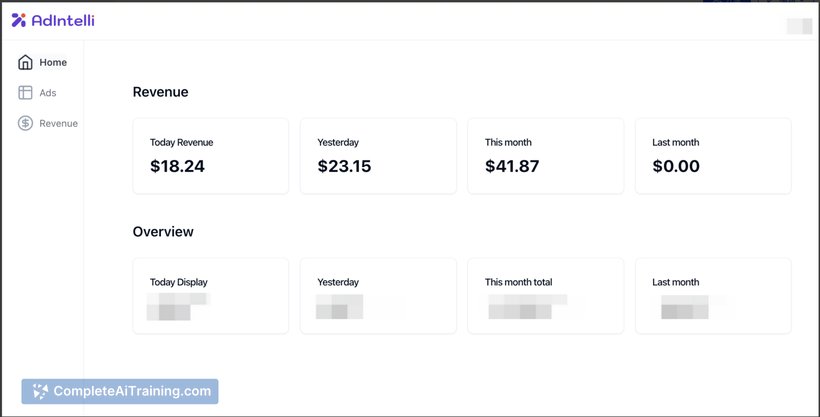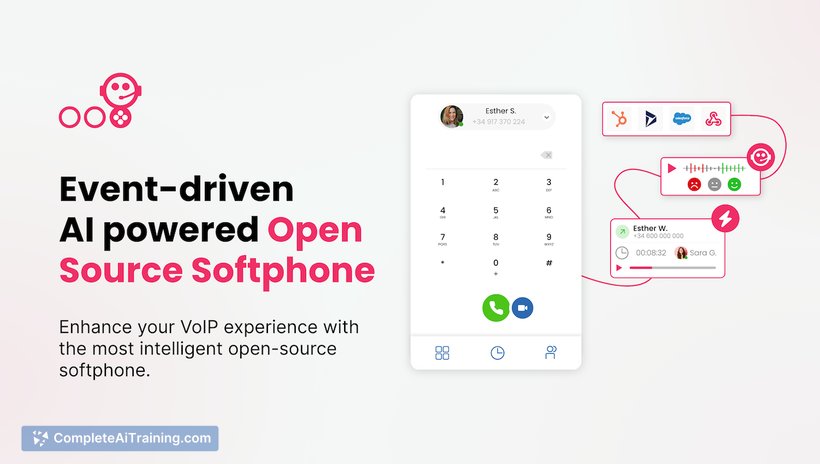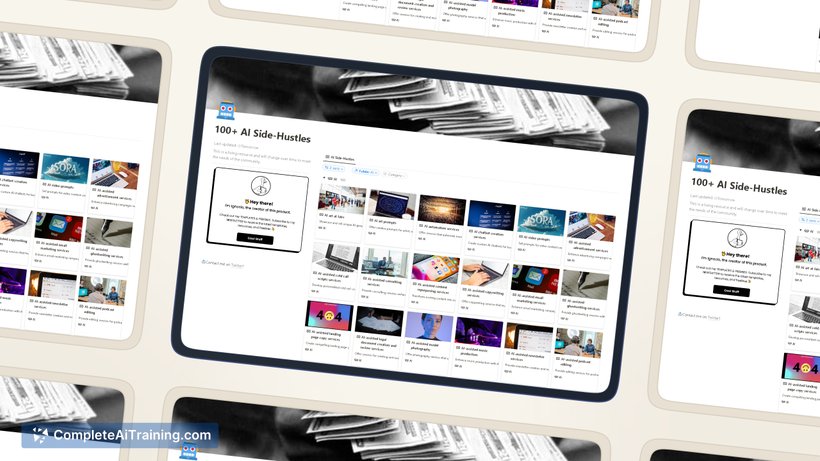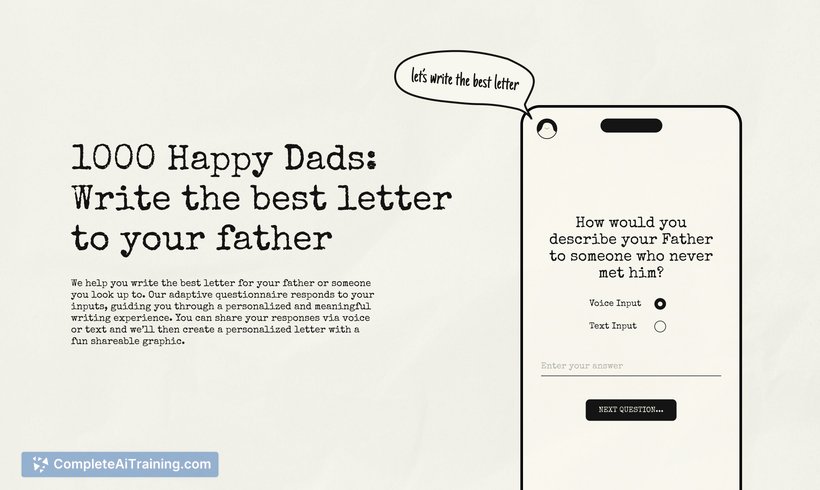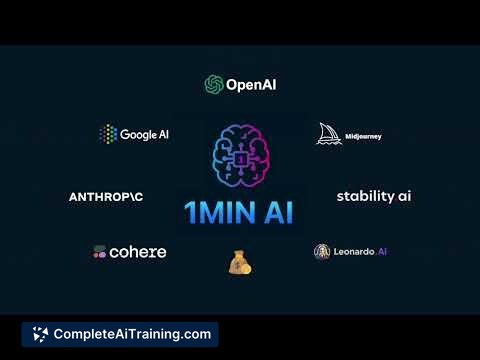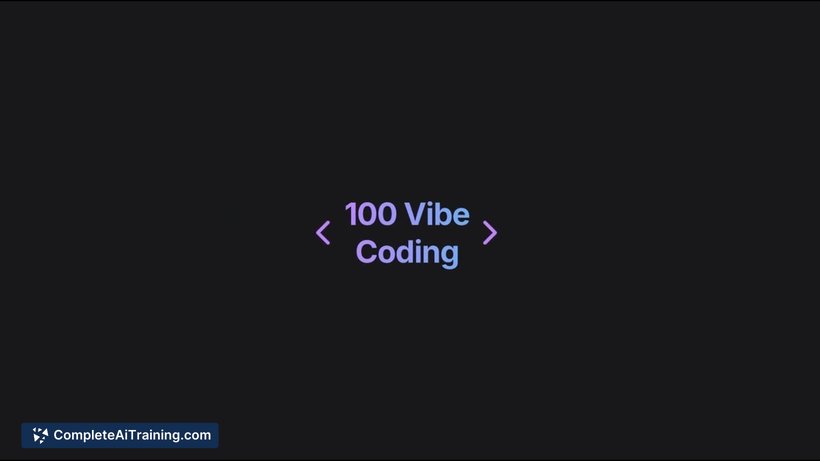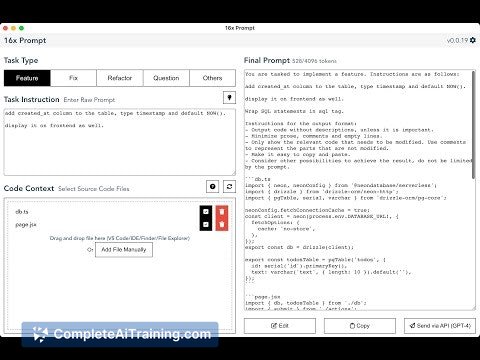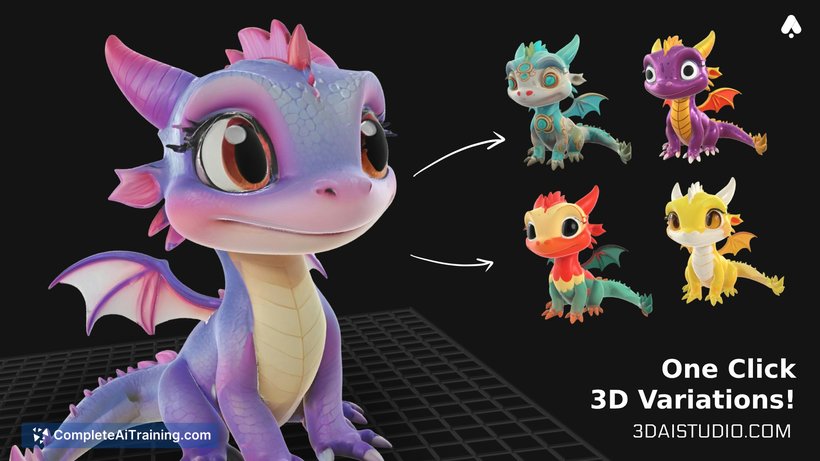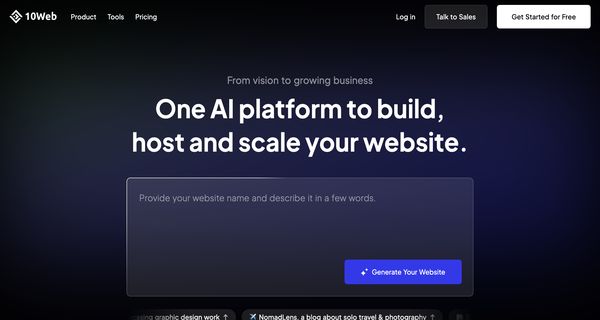About Twigg
Twigg is a context management tool billed as "Git for LLMs" that aims to improve how users work with large language models on long-term projects. It provides an interactive tree diagram of conversations and gives users fine-grained control over which nodes and branches are included as context for each model call.
Review
Twigg addresses a common pain point: linear chat interfaces become cluttered and hard to manage over extended work. By representing conversations as a tree and allowing branching from any node, it makes it easier to explore tangents, keep multiple lines of work separate, and reduce unnecessary context sent to models.
Key Features
- Interactive tree diagram that visualizes your entire LLM conversation history.
- Create branches from any node to pursue alternate directions without cluttering the main thread.
- Move, copy, cut, and delete nodes and branches to craft precise context for model requests.
- Usage dashboard that tracks token consumption per model and remaining credits.
- Flexible pricing options including free tiers and a Bring Your Own Key (BYOK) option for unlimited access.
Pricing and Value
Twigg offers free options alongside paid tiers. Paid plans convert user payments into credits; the platform charges the same model-provider rates (no markup) and shows token usage transparently in a dashboard. For teams or heavy users, the BYOK tier provides unlimited access when you supply your own API key. The combination of selective context control and branching can make token consumption more efficient, which helps the platform deliver clear value for ongoing projects.
Pros
- Better organization for multi-session and long-term LLM projects through a visual tree view.
- Branching from any node lets you experiment without losing or cluttering core context.
- Precise context control (move/delete nodes) reduces irrelevant tokens and can lower costs.
- Transparent usage tracking and a credits model that mirrors provider pricing.
- BYOK option for users who prefer to use their own API keys and limits.
Cons
- There is a learning curve for users accustomed to linear chat interfaces.
- Some advanced features like branch merging are still being expanded, so workflows that rely on merging may encounter limitations today.
- As a newly launched product, occasional rough edges and feature updates are to be expected.
Overall, Twigg is well suited for developers, researchers, and writers working on multi-step or long-running LLM projects who need clearer versioning and context control. It's particularly useful when you want to explore alternative approaches in parallel or reduce token waste by sending only relevant context to models.
Open 'Twigg' Website
Your membership also unlocks:



